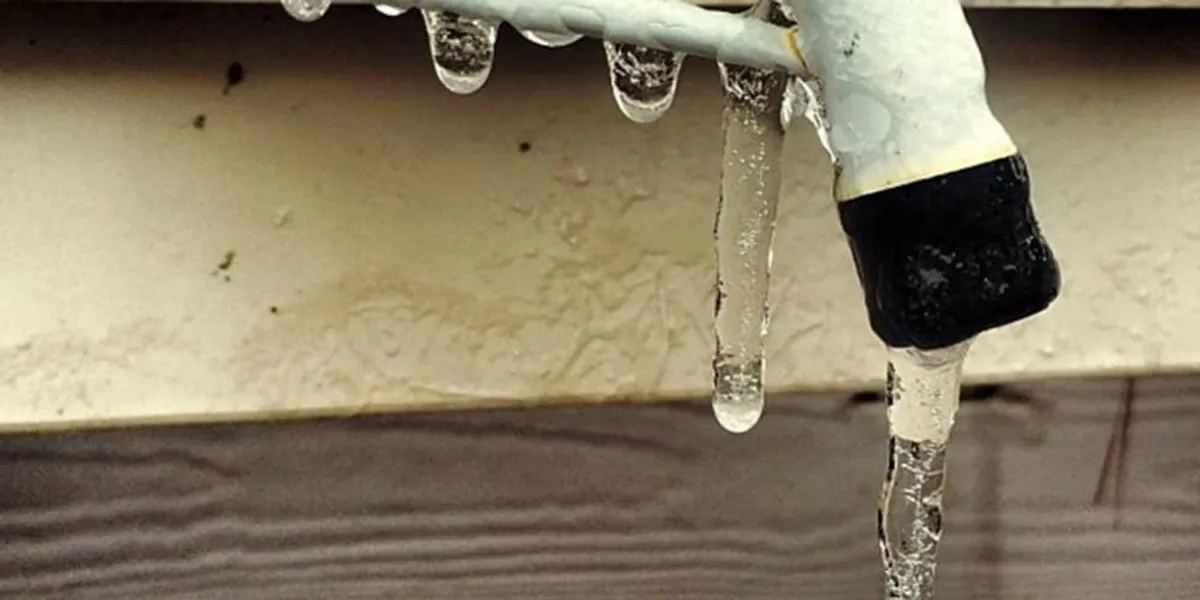Protect Against Frozen Pipes in Winter: Expert Advice
Protect Against Frozen Pipes in Winter: Expert Advice
Blog Article
What are your ideas with regards to How to Prevent Your Pipes From Freezing?

Cold weather can damage your pipes, particularly by freezing pipelines. Below's exactly how to prevent it from happening and what to do if it does.
Introduction
As temperature levels decrease, the risk of icy pipelines rises, possibly resulting in costly fixings and water damages. Recognizing just how to avoid frozen pipelines is important for home owners in cold climates.
Recognizing Icy Pipes
What triggers pipes to freeze?
Pipelines ice up when subjected to temperatures listed below 32 ° F (0 ° C) for expanded durations. As water inside the pipes ices up, it increases, taxing the pipeline wall surfaces and potentially triggering them to rupture.
Risks and problems
Frozen pipelines can lead to water supply interruptions, property damages, and expensive repair services. Burst pipelines can flooding homes and trigger extensive structural damage.
Indications of Frozen Pipes
Identifying frozen pipes early can prevent them from rupturing.
Just how to identify frozen pipes
Seek reduced water circulation from faucets, uncommon odors or noises from pipelines, and noticeable frost on revealed pipelines.
Avoidance Tips
Protecting at risk pipes
Cover pipes in insulation sleeves or utilize warmth tape to safeguard them from freezing temperatures. Focus on pipes in unheated or exterior areas of the home.
Heating techniques
Keep interior rooms appropriately warmed, particularly locations with pipes. Open cupboard doors to enable warm air to flow around pipes under sinks.
Protecting Outside Pipes
Yard pipes and outdoor taps
Disconnect and drain pipes garden pipes before wintertime. Install frost-proof faucets or cover exterior taps with shielded caps.
What to Do If Your Pipes Freeze
Immediate actions to take
If you presume frozen pipes, keep faucets open to eliminate pressure as the ice melts. Utilize a hairdryer or towels taken in hot water to thaw pipes slowly.
Long-Term Solutions
Structural modifications
Think about rerouting pipelines far from outside wall surfaces or unheated areas. Add additional insulation to attics, basements, and crawl spaces.
Upgrading insulation
Buy top notch insulation for pipelines, attic rooms, and wall surfaces. Appropriate insulation aids keep consistent temperatures and decreases the danger of icy pipelines.
Conclusion
Preventing icy pipes calls for aggressive actions and fast reactions. By understanding the reasons, indications, and preventive measures, house owners can shield their pipes throughout winter.
6 Proven Ways to Prevent Frozen Pipes and Protect Your Home
Disconnect and Drain Garden Hoses
Before winter arrives, start by disconnecting your garden hoses and draining any remaining water. Close the shut-off valves that supply outdoor hose bibs and leave the outdoor faucet open to allow any residual water to drain. For extra protection, consider using faucet covers throughout the colder months. It’s also important to drain water from any sprinkler supply lines following the manufacturer’s directions.
Insulate Exposed Pipes
Insulating your pipes is an effective way to prevent freezing. Pipe insulation is readily available at home improvement stores and is relatively inexpensive. Pay close attention to pipes in unheated areas such as the attic, basement, crawl spaces, or garage. Apply foam insulation generously to create a buffer against the cold. You can also wrap your pipes in heat tape or thermostat-controlled heat cables for added warmth.
Seal Air Leaks
Inspect your home for any cracks or openings that could let in cold air. Seal any holes around the piping in interior or exterior walls, as well as the sill plates where your home rests on its foundation. Additionally, make sure to keep your garage door closed unless you’re entering or exiting. Leaving it open creates a significant air leak that can lead to frozen pipes.
Allow Warm Air Circulation
During cold snaps, it’s essential to allow warm air to circulate evenly throughout your home. Leave interior doors ajar to promote better airflow. Open kitchen and bathroom cabinets to help distribute heat consistently around the rooms. If you have small children or pets, be sure to remove any household chemicals or potentially harmful cleaners from open cabinets for safety.
Let Faucets Drip
A small trickle of water can make a big difference in preventing ice formation inside your pipes. When temperatures drop significantly, start a drip of water from all faucets served by exposed pipes. This continuous flow helps prevent the water from freezing. Additionally, running a few faucets slightly can relieve pressure inside the pipes, reducing the chances of a rupture if the water inside does freeze.
https://choateshvac.com/6-proven-ways-to-prevent-frozen-pipes-and-protect-your-home/

We were shown that article about 6 Ways to Prevent Frozen Pipes from a friend on a different web page. Sharing is nice. Helping people is fun. I value your readership.
Call Today Report this page